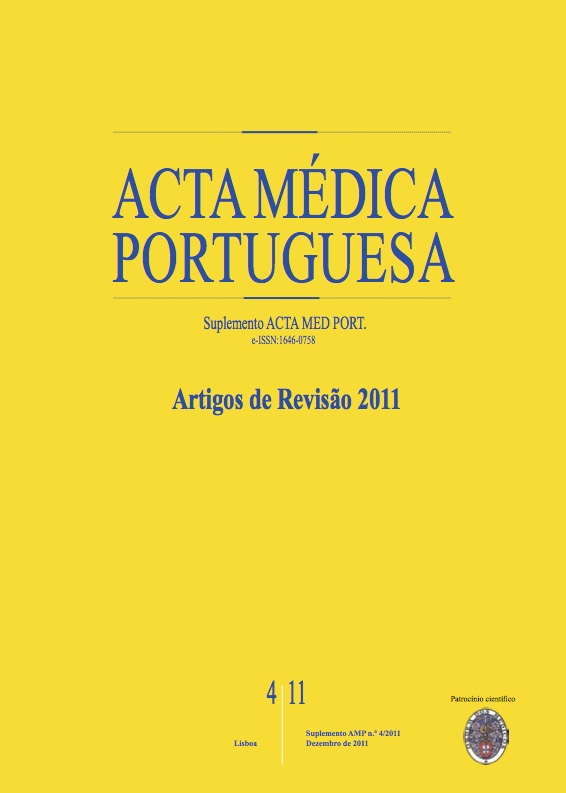Diversificação alimentar no primeiro ano de vida.
DOI:
https://doi.org/10.20344/amp.1562Resumo
Diversifying food during the first year of life is an extremely important step for the adequate nutritional status of infants and their physical and psychological development, functioning as a means of transition from lactation to feed the family. Despite the introduction of food diversification is a necessary step for human development, some issues still exist today, not only for the initiation but also in relation to the proper sequence for the various types of food, causing different perspectives and ways of acting on part of clinicians.To determine the best time for the start of food diversification and the best time to introduce certain foods.Bibliographic search of the literature in English and Portuguese, from January 2004 to May 2010 through Medline / Pubmed sites and Evidence Based Medicine. Twenty-five of fifty-eight articles were selected, given the full availability of publications and relevance to the topic.The food diversification should never start before 17 or after 2 6 weeks. There is no current evidence that delaying the introduction of any antigen after six months reduces the risk of food allergy, asthma, allergic rhinitis and eczema, even if there is family history of allergy. It is prudent to avoid the introduction of both prior (less than four months) and late (more than seven months) of gluten and a gradual introduction will reduce the risk of celiac disease, type 1 diabetes and allergy to it. The introduction of fish at one year of age reduces the risk of allergic diseases at age four at the immunological benefits of its early introduction outweigh the risks of sensitization to its antigens.It is important that the onset of food diversification and the introduction of antigens is performed within a specified time interval. It is crucial to implement a healthy diet for the whole family, to the extent that children learn by example.Downloads
Downloads
Como Citar
Edição
Secção
Licença
Todos os artigos publicados na AMP são de acesso aberto e cumprem os requisitos das agências de financiamento ou instituições académicas. Relativamente à utilização por terceiros a AMP rege-se pelos termos da licença Creative Commons ‘Atribuição – Uso Não-Comercial – (CC-BY-NC)’.
É da responsabilidade do autor obter permissão para reproduzir figuras, tabelas, etc., de outras publicações. Após a aceitação de um artigo, os autores serão convidados a preencher uma “Declaração de Responsabilidade Autoral e Partilha de Direitos de Autor “(http://www.actamedicaportuguesa.com/info/AMP-NormasPublicacao.pdf) e a “Declaração de Potenciais Conflitos de Interesse” (http://www.icmje.org/conflicts-of-interest) do ICMJE. Será enviado um e-mail ao autor correspondente, confirmando a receção do manuscrito.
Após a publicação, os autores ficam autorizados a disponibilizar os seus artigos em repositórios das suas instituições de origem, desde que mencionem sempre onde foram publicados e de acordo com a licença Creative Commons









